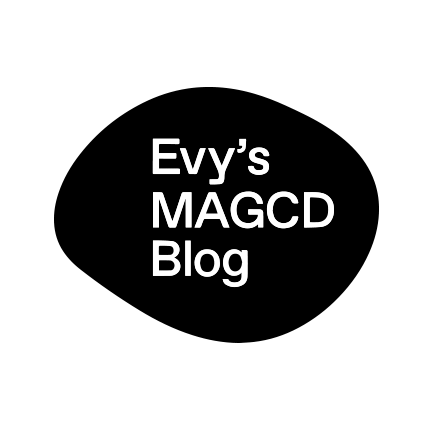For my first brief for the MAGCD I decided to focus on a local site (to me), and explore the Oxford Covered Market. I chose this site for my investigation as I’m particularly interested in culture, the tension between the old and the new, and the eclectic nature of the market’s visual outputs.
While considering the many methods I could use to record and investigate the site, I decided to focus on four main approaches that would look at capturing a wide range of visual elements and interactions within the space. Below you can see my preliminary experiments and outcomes.
Photographing – My first instinct was to start my research by photographing the market, focusing on human interaction with the space. A constant theme that came up, was the recurrent imagery of hands and the tactile nature of human interaction. I also started exploring the different qualities of light throughout the space, and the use of a myriad of artificial lighting coming from the many different shops.











2) Mapping – Analysing and dissecting the market from an aerial view, focusing on four main elements: business type distribution, people flows, head count per areas and aisle distribution. This investigation focused on trying to explore the interactions between a small set of data, which could tell us a bit more about the way people interact with the space.




3) Decontextualising – Gathering hand-lettering from chalk boards from around the market, and using Invert & Posterise methods in order to bring up details and qualities of the type, otherwise hidden inside their context. By isolating the graphic elements from their original context, I had the opportunity to think about the intrinsic qualities of vernacular design.

4) Imprint – By taking impressions of different surfaces and reliefs, I was looking to understand more about the nature of the space, as well as exploring alternative ways to make some tactile qualities more visual.






Final thoughts and feedback – At the back of our first tutorial group discussion, I received some interesting comments and ideas about my research which have certainly helped to shape the next stage of this project.
Cataloguing and mapping came up as one of the initial avenues, building on juxtaposing people movements, flows and navigation through colour gradients and visual cues to denote moving and permanence. The main tools proposed for this approach are sketching and mapping on and off site.
The second part of the discussion focused on the potential of cataloguing vernacular branding and exploring the inherent visual qualities of a traditionally British space such as the Covered Market. Looking at cataloguing and exploring local, visual dialects through decontextualisation, using the hand-lettering boards as a starting point for the inquiry.
Robert Venturi’s “Learning from Las Vegas”, came up as a relevant reference to reflect on in relation to the designer’s approach to the vernacular, and the way context and locality can be used as a tool for gaining new knowledge around a particular location.
